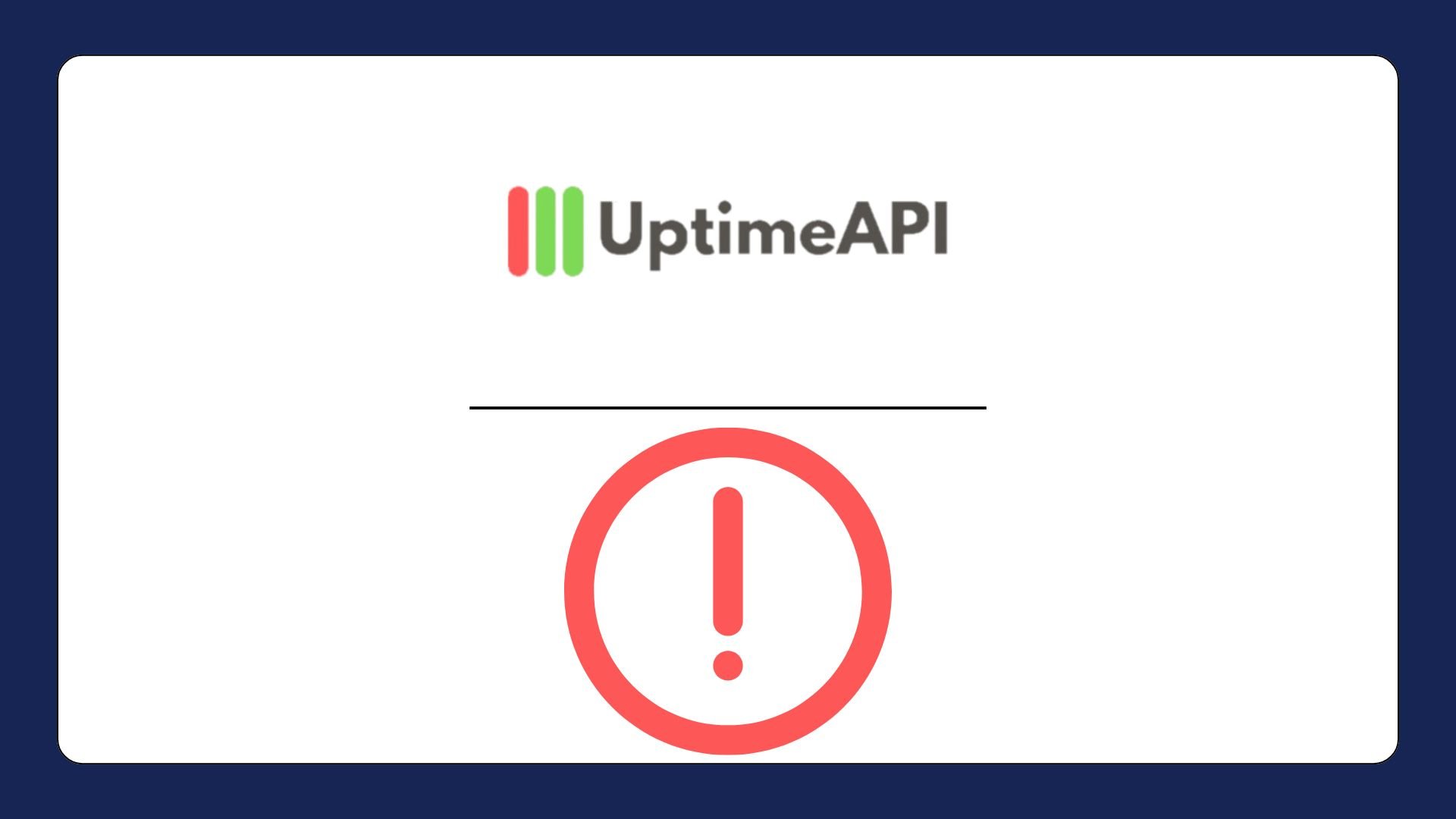API Performance Monitoring For Real Time Insights

APIs are always at work, providing the vital data that powers contemporary organizations, whether it's a retail website processing payments or a financial app retrieving transaction details. However, the necessity for API Performance Monitoring to make sure they function effectively is growing along with the dependence on APIs. This is where the Uptime API is useful.
Benefits of Implementing Uptime API
Integrating Uptime API into your business brings numerous advantages. From enhanced operational efficiency to cost savings, here are some of the key benefits of using the API. One of the most significant benefits of this API is its ability to help businesses identify and resolve issues proactively. Rather than waiting for users to report problems, Uptime API notifies you of performance issues in real time, allowing you to fix them before they impact your customers. This proactive approach reduces downtime, improves service reliability, and enhances the user experience.
When an API goes down, the financial repercussions can be severe. Lost sales, missed opportunities, and SLA violations can all take a toll on your bottom line. By continuously monitoring your API’s performance and providing alerts for potential issues, the API helps prevent costly downtime. Additionally, the tool’s performance analytics allow you to optimize your infrastructure, ensuring that you’re not overpaying for resources that aren’t being fully utilized.
As your business grows, so do your API monitoring needs. Uptime API is designed to scale with your infrastructure, whether you’re monitoring a single API or dozens of them. The platform’s flexibility ensures that you can continue to monitor performance as you expand, without needing to invest in additional tools.
API Performance Monitoring Analytics
One of the standout features of Uptime API is its ability to generate detailed performance analytics. These reports go beyond just showing you when and where an API went down. They provide data on trends, showing how your API performs over time. This information is invaluable when it comes to identifying potential bottlenecks in your infrastructure. For example, if you notice that your API experiences higher latency during certain times of the day, you can take steps to optimize your server resources to handle the increased load.
With the API, you have complete control over how you receive alerts. Rather than being bombarded with notifications for every minor fluctuation in performance, you can set specific thresholds for alerts. This ensures that you’re only notified about issues that truly matter. For example, you can set an alert to trigger when your API’s response time exceeds a certain limit or when error rates spike above normal levels. These customized alerts help you stay focused on the most critical issues, preventing unnecessary distractions.
When something goes wrong with an API, diagnosing the root cause of the problem can be challenging. It simplifies this process by providing detailed diagnostic reports. When an error occurs or performance degrades, Uptime API not only tracks the issue but also helps you identify the underlying cause. This can include anything from overloaded servers to misconfigurations in the code. By identifying the root cause quickly, you can address the issue more efficiently, minimizing downtime and improving overall performance.

